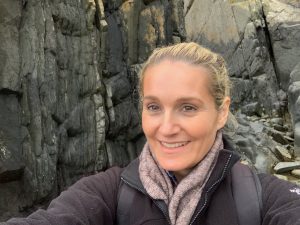
Short Course A
Climate in Earth history – stable isotope geochemistry as a valuable tool.

Prof. Helmut Jürg Weissert
Department of Earth Sciences, ETH Zürich, Switzerland
The short course will focus on O- and C-isotope geochemistry in paleoceanography and paleoclimatology. We will investigate how geological archives on land and in oceans preserve the history of C-cycle and climate. We will trace the history of O- and C-isotope research and we will discuss potential and limits of chemostratigraphy. Major events in Mesozoic and Cenozoic C-isotope stratigraphy will serve as a starting point for discussion on climate and life in the geological past and today.
Short Course B
The basics of the Himalaya’s geological framework, geodynamic regime and petrology

Prof. Bishal Nath Upreti
Nepal Academy of Science and Technology
and Department of Geology, Tribhuvan University, Nepal

Ass. Prof. Elizabeth Catlos
Department of Earth and Planetary Sciences, Jackson School of Geosciences,
University of Texas, Austin, USA
https://www.jsg.utexas.edu/researcher/elizabeth_catlos

Ass. Prof. Peter Haproff, Department of Earth and Ocean Sciences,
University of North Carolina, Wilmington, USA
https://phaproff.weebly.com/
Since the early 20th century, investigations in the Himalayas established the region as a mountain belt that formed due to the collision of the Indian peninsula with rocks of Asian affinity. As the highest mountain belt on the planet, growing and deforming at an active plate boundary, the region has provided critical information and new ideas about how collisional mountain belts develop. This workshop aims to introduce students and young scientists interested in the Himalayas from various perspectives to current ideas and models regarding its framework, how it is studied, and how it developed over geological time.
Short introductory lectures will be followed by accessible, hands-on exercises. The following topics will be included in the workshop:
⦁ The basics of the Himalaya’s geological framework and how it is studied.
⦁ Evaluating models of how continent collision occurred in the Himalayas
⦁ Insights from Himalayan metamorphic rocks using the latest advances in petrochronology
⦁ Understanding Himalayan fault systems and their relationships with earthquakes and landslide hazards
By the end of the workshop, students should be familiar with the region’s geology and hazards and have developed an appreciation for the role these mountains have played in our understanding of the dynamics of the planet.

